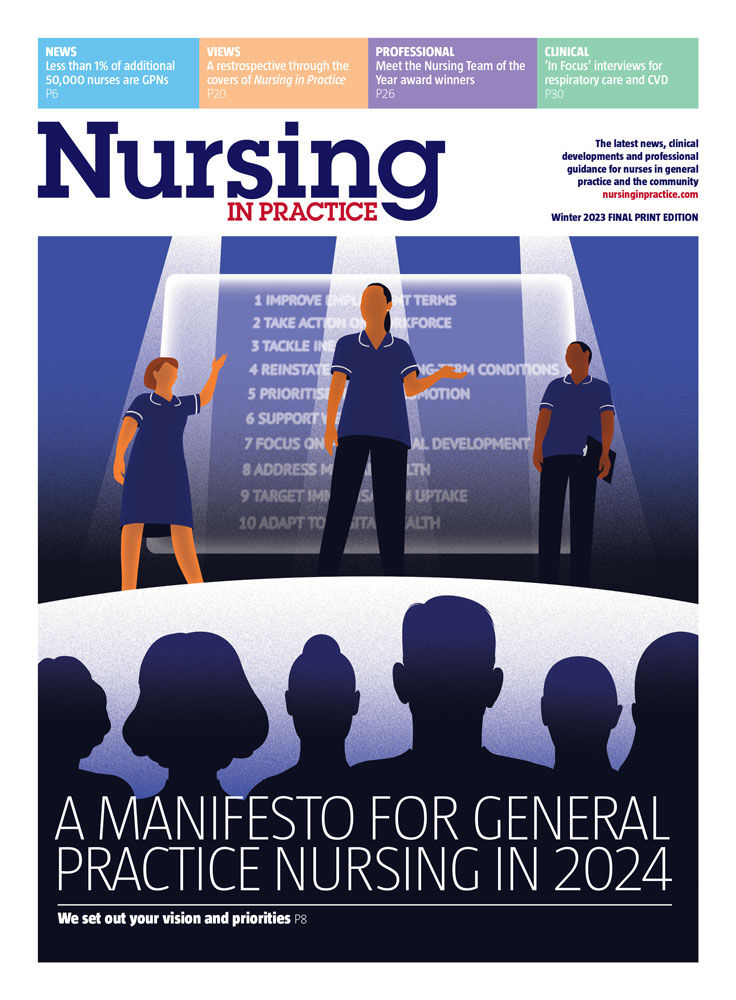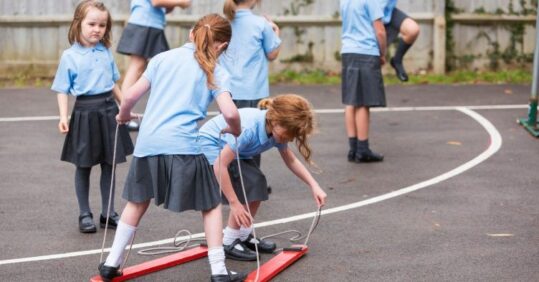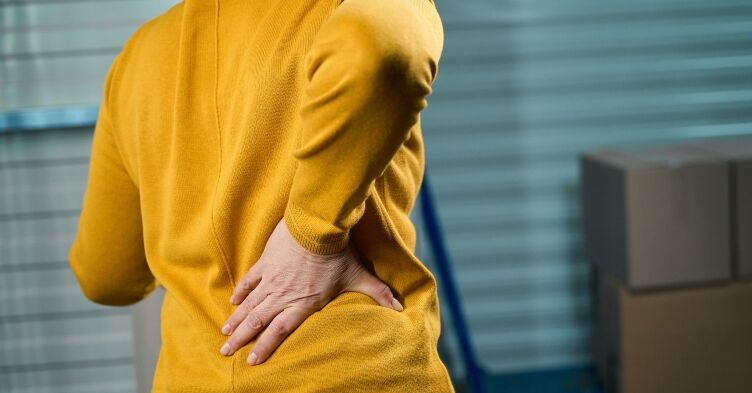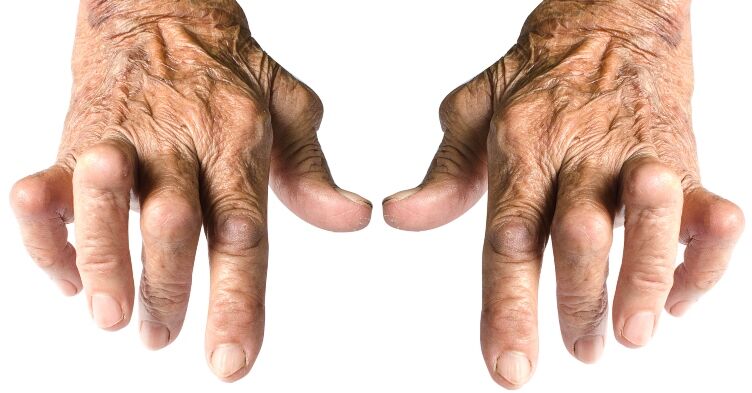Primary school-aged girls living with obesity are 1.7 times more likely to visit their GP surgery for musculoskeletal symptoms than those with a healthy weight, a new study has found.
Researchers from Queen Mary University of London found that girls who are obese experience pain in their bones, joints, muscles, ligaments or tendons more commonly than children with a healthy weight. The same correlation was not seen in boys.
The findings, published in the BMJ journal Archives of Disease in Childhood, are the first to show an association between childhood obesity and musculoskeletal disorders in a diverse UK population and have the potential to inform clinical assessment.
Previous research has shown one in every three children has a musculoskeletal problem, ranging from issues such as knee pain to debilitating conditions. The increasing prevalence of obesity among school children may contribute to the overall burden of poor musculoskeletal health, particularly back pain, chronic pain and hip pain, which has the potential to have a significant impact on quality of life throughout childhood and into adulthood.
The researchers analysed anonymised health records of 120,000 children from the National Child Measurement Programme, a UK Government initiative in which primary-age children in England are weighed and measured at school by health professionals. The data was linked with General Practice records from 285 north-east London GPs. Of the cohort analysed, 63,418 (50.9% boys) were between 4 and 5 years old (Reception class), and 55,364 (50.8% boys) were between 10 and 11 years old (Year 6). Many of the children lived in deprived areas and were from Black or minority ethnic groups.
In the Reception cohort, 8.9 per cent of boys and 7.1 per cent of girls were living with obesity, compared with 19.9 per cent of boys and 14.4 per cent of girls in the Year 6 cohort.
Overall, girls with obesity were found to be 1.7 times more likely to have at least one GP consultation for a musculoskeletal symptom or diagnosis.
Reception-year girls with a body mass index (BMI) classified as overweight or obese were more likely than those with lower BMIs to have at least one musculoskeletal consultation. The majority of these GP visits (41.4 per cent) were for knee pain. Year 6 girls with obesity were more likely to have a musculoskeletal consultation, also mainly for knee pain. Boys from Year 6 who were underweight were less likely to visit the GP for musculoskeletal consultations.
Knee and back pain were among the most common musculoskeletal symptoms reported across both age groups. This is likely caused by excess weight, which places additional stress on the body’s joints, but the researchers state that further research is needed to understand why this increases problems for girls and not boys.
Nicola Firman, a health data scientist at Queen Mary University of London, said: ‘Our findings demonstrate the value of linking and studying anonymised health data – without knowing the identity of any child, we were able to produce important insights into the consequences of obesity for health during childhood. We hope our findings will increase awareness of the significance of poor musculoskeletal health and drive more research into understanding the link with childhood obesity.’
She added: ‘More needs to be done at policy level to support families to prevent obesity and potentially reduce the risk of musculoskeletal pain.’







